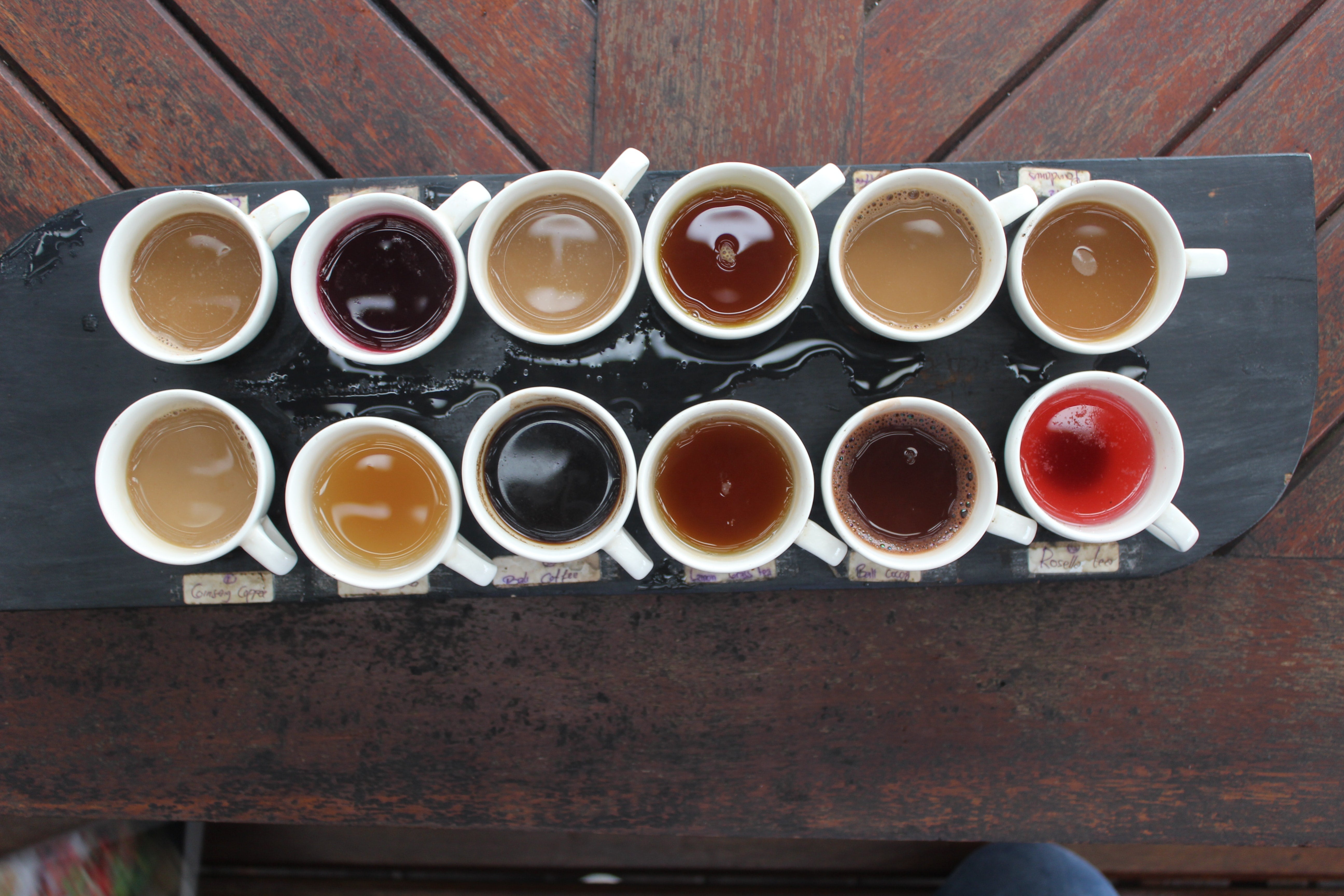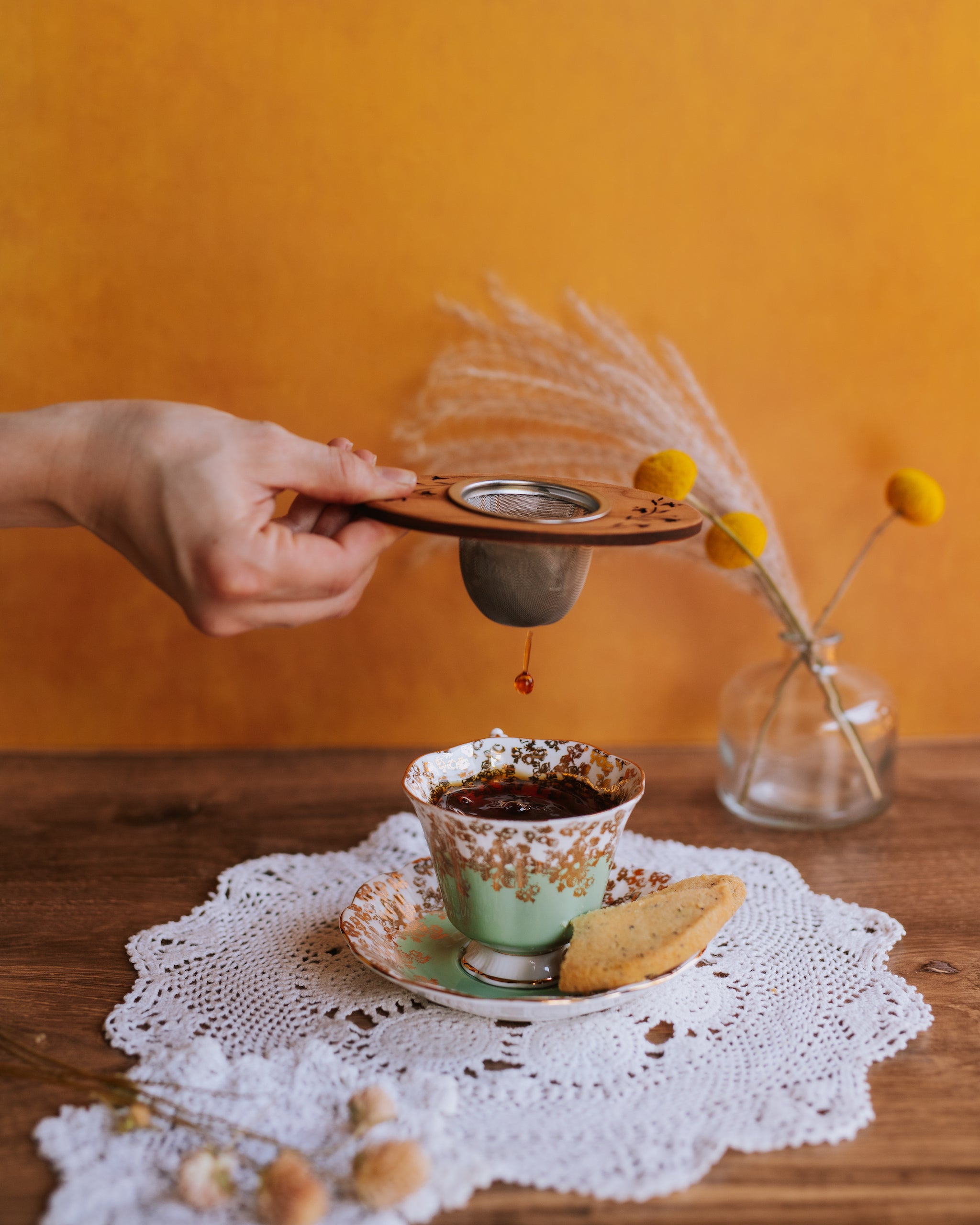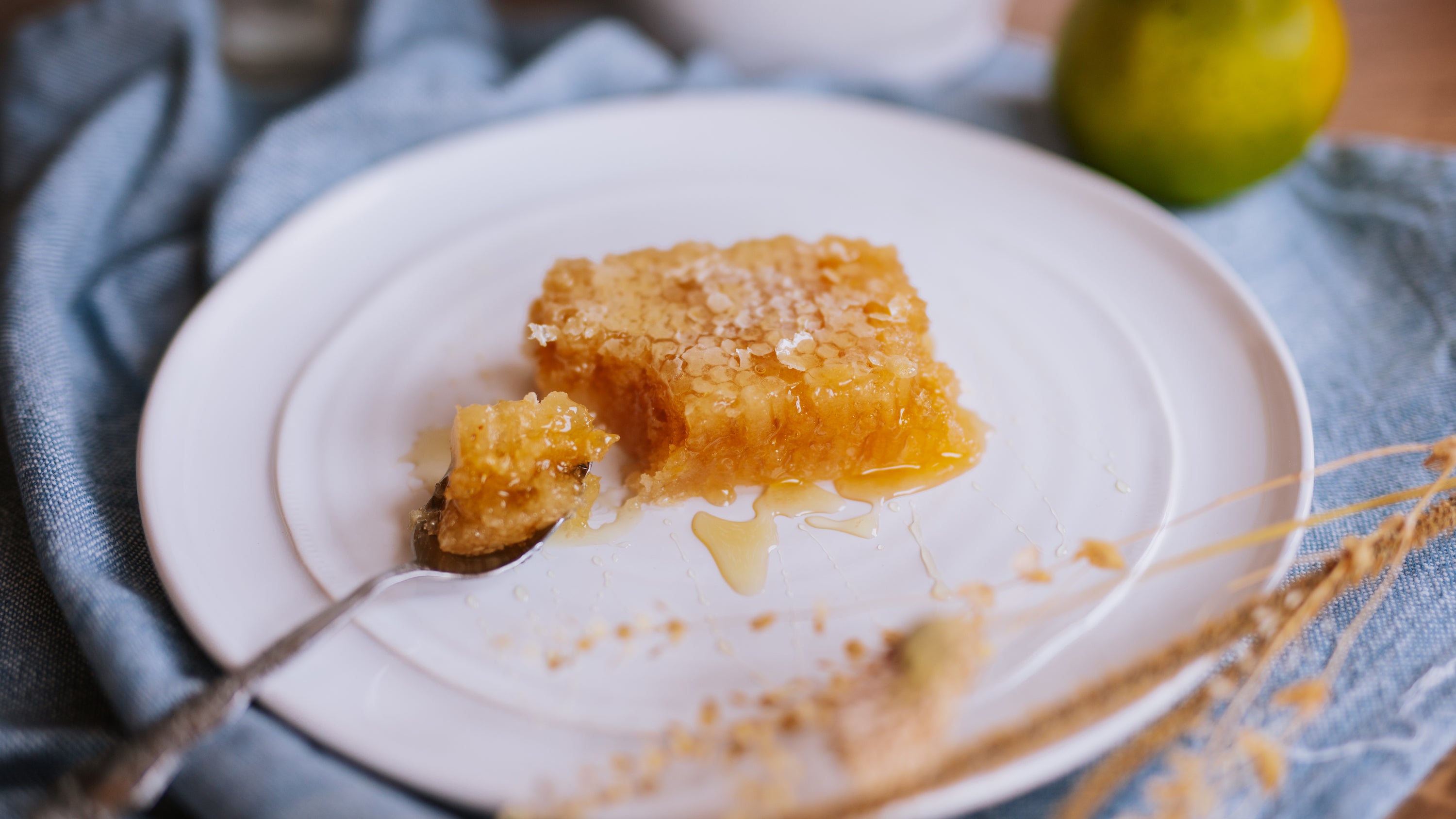
Like most foods and beverages, tea may be enjoyed at many levels. You might start, for example, with knowing you like a certain type of tea. Then you might determine that you prefer lightly oxidized or non-oxidized teas. Then you may further discover that you prefer non-oxidized teas with a fresh and springy flavor profile... which eventually leads you sipping down the tea garden paths of production, cultivars, and terroirs.
In other words, choosing and drinking teas can be as complicated or as uncomplicated as you'd like to make it.
Today we are going to explore how production methods of origin countries affect the taste of your tea - and why country of origin is a great place to start when trying to narrow down your options when faced with a large selection of teas.
In subsequent blogs on choosing the right tea for you, we will further break this down into terroirs via production region.
But for now, onto why teas from different countries taste, well, different!
Why Teas Taste Different from Different Countries
The final flavor profile of a tea is dependent on many factors and may be affected by everything from the amount of rainfall that season to the composition of the soil in which it was grown.
When it comes to determining at a high level if you are going to enjoy a tea or not, however, it helps to be loosely familiar with the traditional production techniques of the major tea producing countries.
Below we will discuss how Green, Oolong, and Black teas differ by origin country (White Teas and Pu Ehrs largely come only from China, so we will leave those out of this discussion).
Choosing Your Green Tea Based on Country of Origin

While green teas are certainly produced in other areas of the world (we have a lovely Vietnamese Green Tea, for example), the world's two major producers of Green Tea are China and Japan.
Every step of tea production is important to appearance and flavor profile, but the defining step for why Green Teas from China and Japan taste different is in how the two countries traditionally halt naturally occurring enzymatic oxidation.
Enzymatic oxidation is naturally occurring in tea leaves after they've been harvested. Green Teas are non-oxidized teas, meaning the production process for Green Teas must include a step to heat the tea leaves to a temperature that will kill the enzyme that causes oxidation.
In China, they halt oxidation in Green Teas using a method called panning, in which they heat the leaves in large woks or on conveyor belts using fire or electric heat.
In Japan, they halt oxidation in Green Teas by steaming the leaves.
So, essentially, you can think about the flavor profile difference in Chinese and Japanese Green Teas as similar to the difference between roasted and steamed vegetables. Chinese Green Teas tend to have a more mild, nuttier flavor profile, while Japanese Green Teas are often characterized as fresh, springy, grassy, and marine.
Of course, you may not like all Chinese Green Teas or all Japanese Green Teas, but knowing these production differences will help you determine where to start when faced with a large selection of green teas to choose from!
Learn more about how Green Tea is made >>
Choosing Your Oolong Based on Country of Origin

Since China and Taiwan are the two main production origins for Oolongs, we will focus on the difference between these two countries today (though of course you may find oolongs produced all over the world!).
Oolongs are semi-oxidized teas that are usually further broken down into two sub-categories: green oolongs and black oolongs. These sub-categories are very intuitive: green oolongs are lightly oxidized (10 - 35% oxidation) and similar to green teas in appearance and flavor profiles. Black oolongs are more oxidized (45 - 75% oxidation), and much more similar to black teas in taste and appearance.
Most Taiwanese Oolongs will be green oolongs (with the notable exception of Bai Hao, or Oriental Beauty) that undergo special processing to create their famous bead-like shape, while most of the famous Chinese Oolongs are black oolongs and appear as long, twisted leaves. This leaf shape will affect how well your Oolong holds up re-steeping, so we recommend trying Taiwanese Oolongs if you like to get 10 or more steeps out of each portion of tea!
Interestingly, Oolong is one of the tea categories that is most easily defined by terroir (the natural environment in which the tea is grown and produced, or a combination of soil, climate, and topography). We'll explore that more in a future post!
For now, know that Taiwanese Green Oolongs tend to be more floral and delicate, while Chinese Black Oolongs have more mineral and earthy flavors.
Learn more about how Oolongs are made >>
Choosing Your Black Tea Based on Country of Origin

Much like Green Teas, the tradition and history of how your Black Tea is processed will affect the taste. For Black Teas we will focus on China and India, the world's two most famous producers of fine Black Teas.
In China, tea producers follow what's known as the Traditional Method while in India they use what's known as the Orthodox Method. The main difference between these two production styles is the level of mechanization. Since the Orthodox Method was developed during the Industrial Revolution, almost every step is mechanized and designed for efficiency.
While both the Traditional and Orthodox Methods follow the same main steps: Plucking, Withering, Rolling, Oxidizing, Drying, and Sorting & Sifting, the differences in two main stages account for the differences in taste in the teas.
Chinese Black Teas are typically withered for 4-6 hours, either naturally or mechanically on racks, to reduce water content. By contrast, most Indian Black Teas are withered for 14-17 hours on grids that allow air to circulate. After withering, the leaves are rolled to start oxidation.
Interestingly, this timeline essentially flips for Oxidation, with Chinese Black Teas oxidizing for 8-12 hours while Indian Black Teas typically oxidized for about 4 hours.
The Traditional Method typically produces a smoother, less tannic cup with chocolate and citrus notes. The Orthodox Method produces bolder, more tannic teas that hold up well to milk and sweetener. This generalization that Chinese Black Teas will be softer and less tannic while Indian Black Teas will have a more prominent tannin and astringency also holds true for other countries like Kenya and Sri Lanka who, like India, learned their tea processing from the British rather than the Chinese.
Learn more about how Black Tea is made >>



